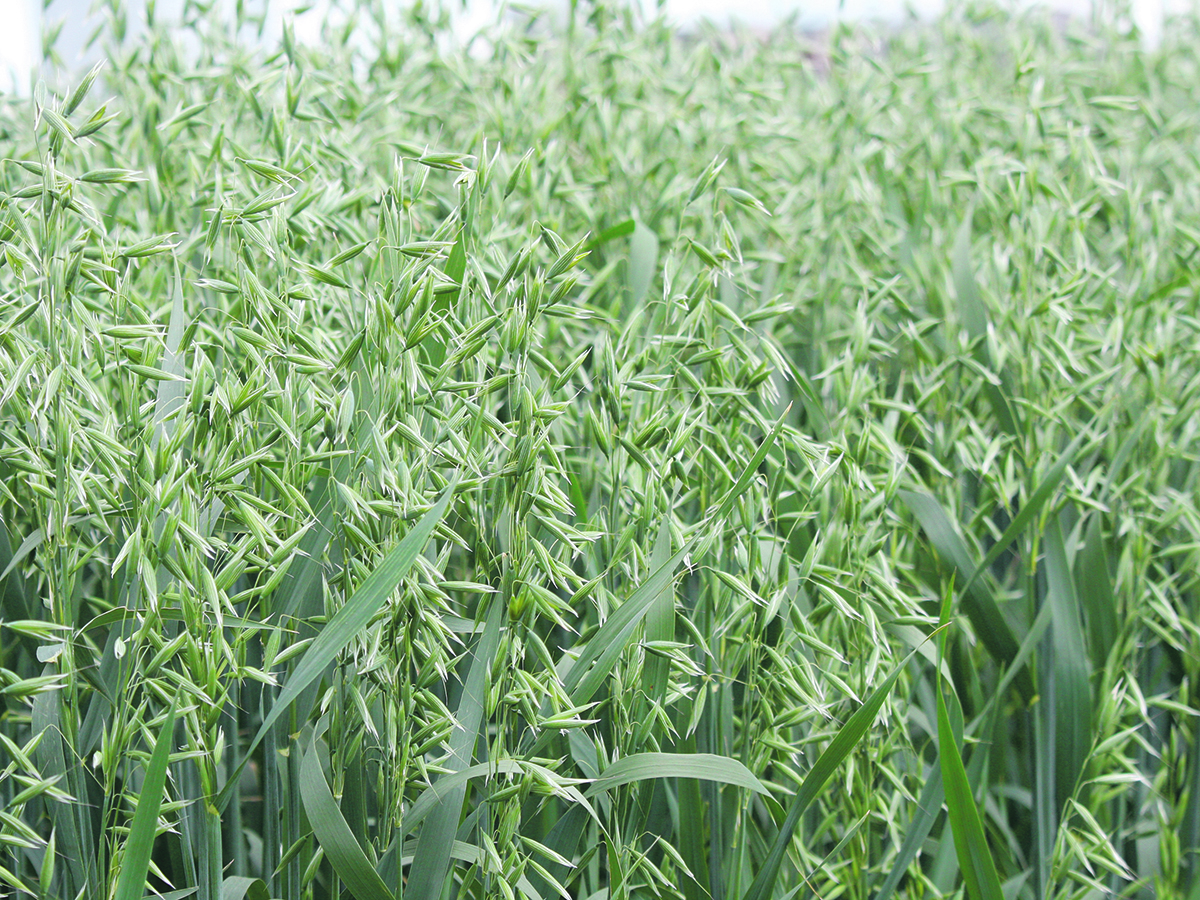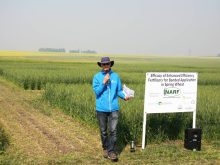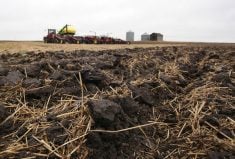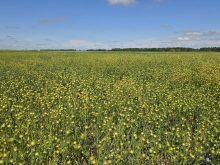WINNIPEG — It’s possible that Prairie farmers will plant more oats in 2025.
The question is: will the increase be large enough to shore up oat supplies for the next 18 months?
“The oat market … is sitting at a balancing point. We could go one way or the other,” said Randy Strychar, president of OatInformation, a Minneapolis firm that provides “leading edge information to traders, oat millers, grain companies” and others in the trade, its website says.
Read Also

Fertilizer method’s link to emissions studied
A researcher says others studying greenhouse gas emissions aren’t considering how the loss of nitrogen into the atmosphere correlates with fertilizer application or if there is an impact to yield.
“We’re at a tipping point. Based on our calculations, you’ve got to get at least 25 per cent (more) seeded acres (in Canada). I’m basing that on average yields.”
Strychar shared his thoughts on the state of the oat market at the SaskOats annual general meeting, held Jan. 15 in Saskatoon.
Oat acres and production did increase in 2024, relative to 2023. Statistics Canada data shows that acres climbed 15 percent and production jumped 27 percent:
- 2023 — 2.54 million acres and 2.64 million tonnes of production
- 2024 — 2.9 million acres and 3.4 million tonnes
The increases were helpful, but oat inventories are not sufficient in North America, Strychar said.
“We are not building global oat supplies…. Even though our total supplies went up, we’re still below the five-year averages.”
A slide in Strychar’s presentation repeated his point, saying that ending stocks of oats for 2024-25 will be below average. Therefore, it’s “critical” to get a significant increase in oat plantings this spring.
That increase may or may not happen, depending on who you ask.
Will oat acres jump?
Shawna Mathieson, executive director of the Prairie Oat Growers Association, asked farmers at the SaskOats AGM if they intend to plant more oats in 2025.
The response in the room was mixed.
“We did a quick survey of the room and more than half the people here … are going to reduce their acres,” Mathieson said, after counting the raised hands in the room.
One of the challenges with oats, she said, is they’re harder to store and deliver than other crops.
“If we’re going to increase our oat acres, we have to increase our bin space,” she said.
“Bin space is not cheap…. It also costs us more to haul one field of oats to the elevator.”
The growers at the SaskOats AGM may be reluctant to seed more oats, but others are hearing a different story.
Prairie farmers are interested in oats because they’re looking to cut back on canola acres. Therefore, production will shift toward cereals, including oats, said an oat industry rep.
Prices for oat production contracts started at $4.75 per bu. last autumn and have since dropped to $4.25 per bu. for delivery in the fall of 2025. There’s been a strong response from farmers for those contracts, signalling that oat acres will climb in 2025, the industry rep said.
Whether the acreage increase is 15 or 20 percent, it’s hard to say.
Assuming average yields, oat production should go up.
Tariffs
The biggest question for oat growers is what proposed American tariffs will mean for oat prices. It’s unlikely U.S. buyers can find replacements for Canadian product because it’s difficult to bring in oats from Scandinavia, Strychar said.
“They’re probably going to have to eat the tariff. And my guess, they’ll pass it back onto the Canadian farmers,” Strychar said.
“Long term, if these tariffs remain in place, we’re going to see price erosion for Canadian oats…. If you’re getting $4.50 (per bu.) in Western Canada, take 25 percent off of that… down the road.”


















